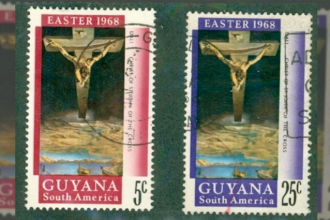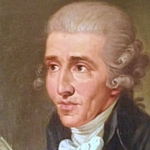Br. Augustine Buckner
Hope’s gaze is not a surreal view that distorts and exaggerates reality. Rather, Hope is a God’s-eye view. It is the strength to see all of reality, ignoring none of it, embracing all of it, all through the Father’s own wisdom and love.
This is part of a series entitled, “The Reason for Our Hope.” Read the series introduction here. To see other posts in the series, click here.
What does Hope look like? Is it a spring landscape untouched by fear and death? Is it a Romantic conquest of life’s sufferings? If we picture Hope, and if we’re being honest, it looks like the cross—a stumbling block and foolishness. But for one of the 20th century’s most controversial artists, the hope of the cross was a lasting inspiration.
Salvador Dali is best known for his talents of melting clocks and defying gravity, but the final stage of the surrealist painter’s career was a hope-filled turn towards the sacred, in an effort “to save modern art from chaos” (LA Times archives). He presented an image of the Madonna and Child to Pope Pius XII and depicted an ephemeral Last Supper. But among his Catholic works the most beloved and most maligned is the Christ of Saint John of the Cross.
Since its release Dali’s Christ has faced critical defaming and even physical defacing. Despite its dream-like composition, the public rejected the painting as too classical. And the critics didn’t know how right they were. Dali’s inspiration went far deeper than a confused dream or his typical metaphysical musings. He borrowed the extreme angle and mystical approach from the writings and sketches of the Carmelite contemplative Saint John of the Cross. Following a vision the 16th-century mystic sketched unique outlines of Christ’s crucifixion:
Fig. 1: John of the Cross, Crucifixion Sketch
Notice the same view from above. » Read More
https://theimaginativeconservative.org/2025/03/hope-takes-gods-eye-view-augustine-buckner.html






